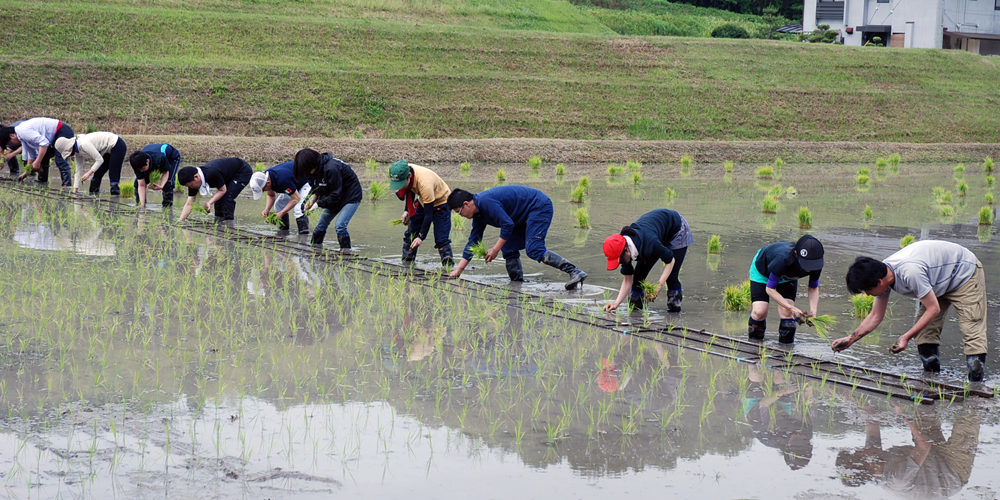The Japanese archipelago, stretching far from north to south, east to west, has several distinct climates depending on the region. The people that live in those respective regions also lead different lifestyles, accounting for differences in food culture in particular. The unique character of those food cultures persists today and in similar fashion the flavors of sake produced in regions across Japan differs.
Sake from eastern Japan has long been light and refreshing, while western Japan’s tends toward bolder, more assertive flavor. Climate has played a large role in imparting these flavors. In eastern Japan, the weather during the winter sake-brewing season is quite cold, causing the fermentation to proceed at a slower pace for a sake with lower acidity. Meanwhile, during the summer months, it’s relatively cooler, resulting in less maturation for sake characterized as crisp and clean. Winters in western Japan are comparatively warmer, meaning that the fermentation proceeds more vigorously and you tend to get full-bodied sake. As temperatures are generally warmer the entire year, maturation is faster and you get bold, richly flavorful sake.
[…]
Order a copy and read the full article.





